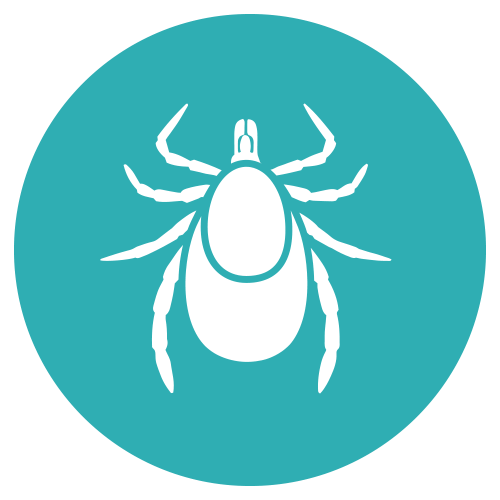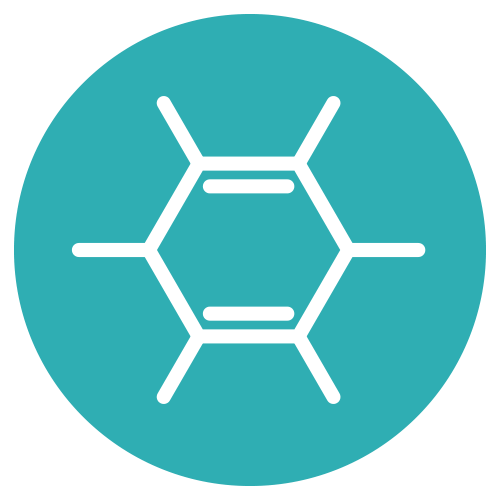Ectoparasites / vectors
Ae (Aedes aegypti) / tobd
| Treatment exposure modality: | Olfaction / Contact with choice |
| Efficacy type: | Repellency (%) Duration on warm body |
| Stock solution: | 20 mM in EtOH or H2O |
| Compound quantity: | < 2 mg |
| Positive control: | Deet |
In Brief:
The Invenesis mosquito adult repellent assay evaluates the effect of treated surfaces on the number of landing of adults Aedes aegypti and the total time spent by mosquitoes on a warm body.
Adult mosquitoes are offered a treated heated surface (warm body) and the number of landings and the time spent on the warm body is recorded automatically by machine vision. Repellency (based on the number of landings) is expressed in % of the negative controls, 100 % meaning no landings on the warm body. The time spent on the warm body is also expressed in % of the negative controls, 100 % meaning that the mosquitoes spent the same time as on a warm body treated with a placebo.
Definitions:
To ensure flawless communication, the following definition section introduces the vocabulary used at INVENesis. You will find this vocabulary on our quotes, raw data files, processed data files, preliminary and final reports. Open the Lexicon below.









